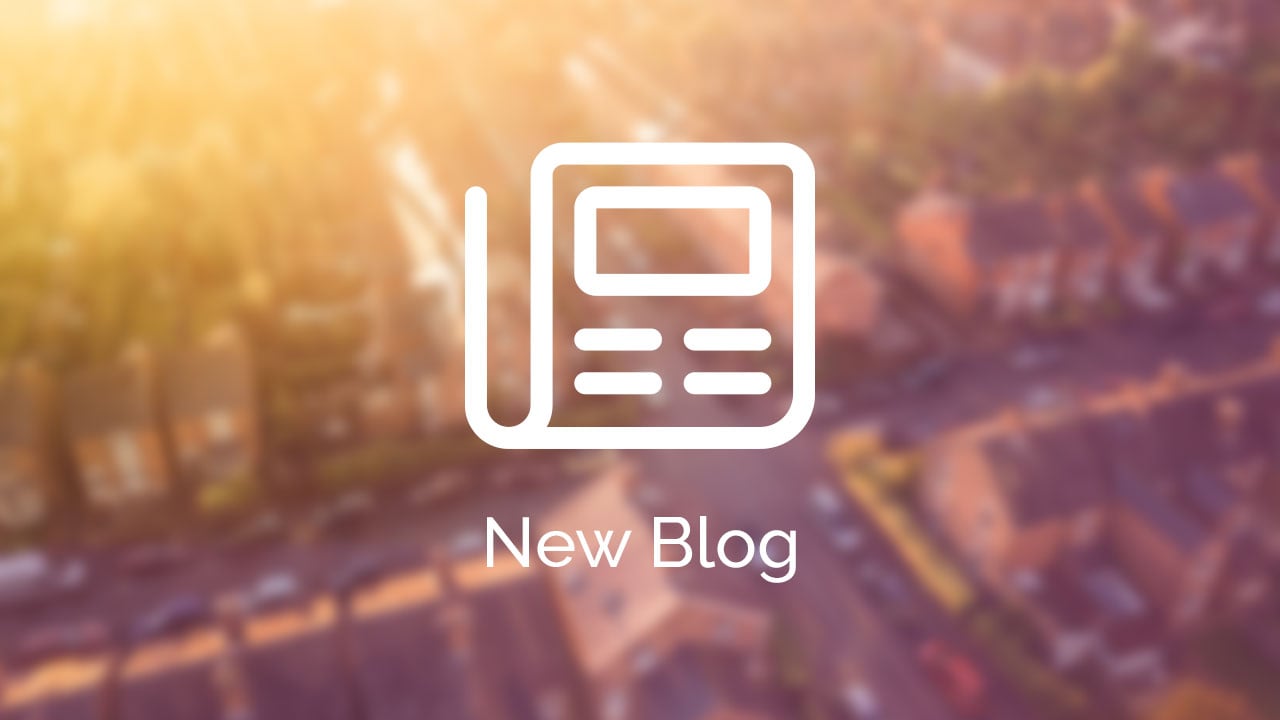How to bleed a radiator in 8 simple steps
Sometimes you may notice a cold patch at the top of your radiators, or they may make a noise when they are warming up.
This could be due to air that has collected at the top over time and is quite normal. The air means the hot water in the radiators can’t circulate as effectively, so your home may take longer to warm up.
However, it is very easy to get rid of this air yourself, making your heating system more energy efficient and potentially saving money on energy bills.
Here, we explain the best way to bleed your radiators.
- While your heating is on, carefully feel the tops of each of your radiators to check if they are warm. Those which are cold at the top need bleeding.
- Switch off your central heating, and let the radiators cool down before bleeding radiators.
- Look at the valve on the top of the radiator – some need a screwdriver to undo them, but for most you will need a radiator key. These are very inexpensive and widely available at DIY stores.
- Holding a cloth underneath the valve to catch any drips, slowly turn the key anticlockwise to open the radiator valve. You should hear hissing as the air escapes.
- When the hissing stops and water stars to come out of the valve, turn the radiator key clockwise to close the radiator valve.
- Repeat for all the radiators that you needed to bleed.
- Check the pressure gauge on the front of your boiler – it should be around 1.5 Bar. If the pressure is too low, you will need to top it up. We show you how to top up the pressure in your boiler here.
- When you have checked that the boiler pressure is correct, turn on your central heating and check the radiators have not got any cold places. If there are still cold spots, your central heating system may have sludge and debris which is stopping it from working efficiently. Your Gas Safe registered installer can flush and clean the system for you, and treat the water with an inhibitor to keep it clean.
How often do I need to bleed my radiators?
We recommend you check your radiators at least once a year, when you switch on your heating again after the summer. It is quite normal for a bit of air to have collected, especially in the radiator which is highest in your central heating system. This is often a heated towel rail in the bathroom and easily overlooked, so make a note to check that one first!
If you see signs of rust or water when you check them, or your radiators need bleeding more often than usual, you may have a leak, which your Gas Safe registered engineer can fix for you.




